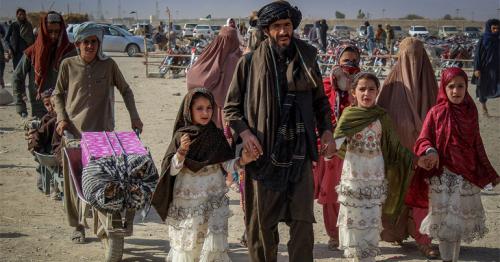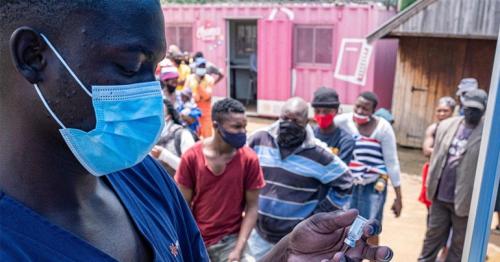Why is there a war in Syria?
In February 2016, a think-tank estimated that the conflict had caused 470,000 deaths, either directly or indirectly.
Almost 5.6 million people - most of them women and children - have fled Syria, according to the UN. Neighbouring Lebanon, Jordan and Turkey have struggled to cope with one of the largest refugee exoduses in recent history.

About 10% of Syrian refugees have sought safety in Europe, sowing political divisions as countries argue over sharing the burden. A further 6.1 million people are internally displaced inside Syria.
The UN estimates it will need $3.5bn to help the 13.1 million people who will require some form of humanitarian assistance inside Syria in 2018. Almost 70% of population is living in extreme poverty. Six million face acute food insecurity amid shortages and inflated prices. In some areas, people are spending 15-20% of their income to secure access to drinking water.
The warring parties have compounded the problems by refusing humanitarian agencies access to many of those in need. Some 2.98 million people live in besieged or hard-to-reach areas.
What's being done to end the conflict?

With neither side able to inflict a decisive defeat on the other, the international community long ago concluded that only a political solution could end the conflict. The UN Security Council has called for the implementation of the 2012 Geneva Communique, which envisages a transitional governing body with full executive powers "formed on the basis of mutual consent".
UN-mediated peace talks, known as the Geneva II process, began in early 2014. Nine rounds have now taken place, the latest in January 2018. Delegations have been asked to discuss constitutional reform and holding free and fair elections. However, little progress has been made.
President Assad has appeared increasingly unwilling to negotiate with the opposition, which despite suffering repeated reversals on the battlefield still insists that he must step down as part of any settlement.
Western powers say Russia has also sought to undermine the talks and ensure the survival of its ally by setting up a parallel political process. In January, a "Congress of National Dialogue" was held in the Russian Black Sea resort of Sochi. But representatives of most opposition political and armed groups refused to attend.
The conference was the result of talks between Russia, Iran and Turkey held in Astana. The powers also agreed in May 2017 to establish four "de-escalation zones" covering major rebel-held areas. There was a reduction in the bloodshed initially, but in late 2017 the government began assaults on two of the zones.
What is left of rebel territory?
The government has regained control of Syria's biggest cities. But large parts of the country are still held by rebel groups.
The largest opposition stronghold is the north-western province of Idlib. It is home to more than 2.65 million people, including 1.2 million who have fled or been evacuated from other former rebel-held areas. Despite being designated one of the de-escalation zones, Idlib itself is now the target of a major ground offensive by the government. It says it is targeting Hayat Tahrir al-Sham jihadists there.

A government offensive is also under way in the Eastern Ghouta, the last major rebel enclave near Damascus and another de-escalation zone. Its 393,000 residents have been under siege since 2013. They have come under intense bombardment and are facing severe shortages food and medical supplies.
Rebel factions also control territory in the northern province of Aleppo, central province of Homs, and in the southern provinces of Deraa and Quneitra.
Share This Post





